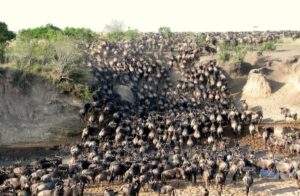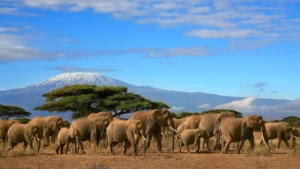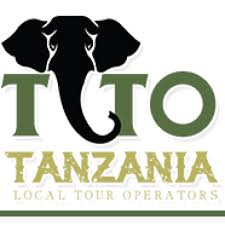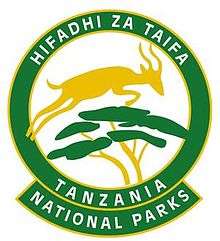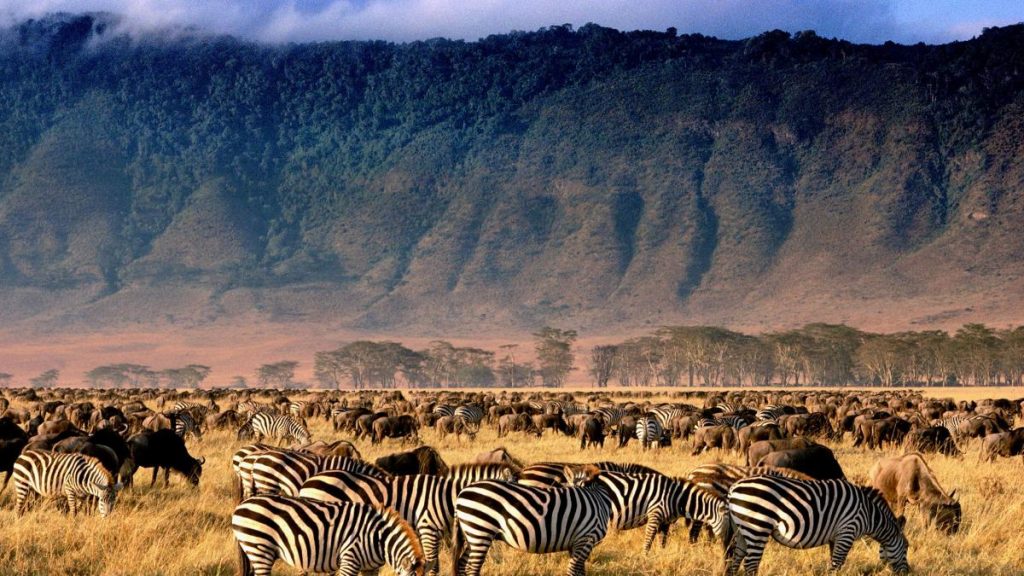The Epic Migration Map: Tracking Animal Journeys Across the Globe
The Epic Migration Map is a fascinating tool that shows the journeys of various species as they move across different regions throughout the year. It illustrates not just the changes in weather but also how animals adapt to their environments, seeking food and breeding grounds. Many people find it intriguing to see how far some creatures travel and what routes they take, often over thousands of miles. By studying this map, researchers can learn more about climate change impacts and how it affects migration patterns. However, while it’s helpful for scientists, it also helps everyday people understand nature’s complex designs and appreciate the determination of these migratory species in facing numerous challenges along their way.
Information Sources for Safari

When planning a safari, having accurate and up-to-date information is essential. Wildlife rangers play a crucial role by providing real-time updates on animal movements, ensuring that tourists have the best chances of sightings. Satellite imagery is another valuable tool, helping to track weather patterns that can affect safari experiences. Local communities are invaluable for their insights into seasonal changes in wildlife behavior, offering knowledge passed down through generations.
Researchers publish their findings in scientific journals, highlighting conservation efforts and the rich biodiversity of safari destinations. For personal experiences and practical tips, travel blogs and vlogs are excellent resources, often detailing unique encounters and recommended practices. Tour operators contribute significantly by offering detailed itineraries and logistical information, making the planning process smoother.
Official guidelines on protected areas and wildlife laws can be accessed through government websites, ensuring travelers are informed about regulations. Social media platforms are bustling with wildlife photographers sharing their latest sightings, providing a visual feast and inspiration for safari-goers. Navigation is made easy with maps and GPS data, allowing for efficient route planning. Furthermore, documentaries and films offer glimpses into the diverse ecosystems and species that safaris aim to protect.
Our Informants
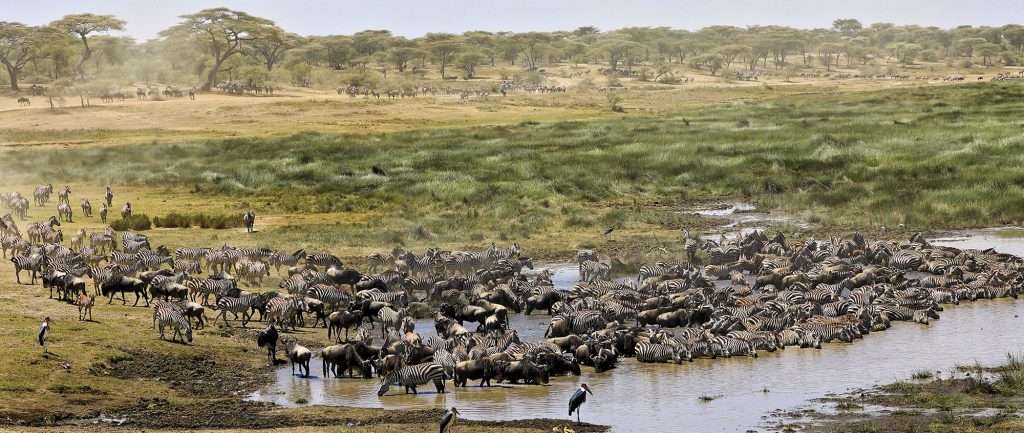
Our journey to create the ‘Epic Migration Map’ is guided by a diverse group of informants, each bringing unique insights and expertise.
Local guides, with their extensive experience in the region, offer invaluable navigation skills and knowledge of hidden paths.
Biologists and ecologists contribute scientific understanding of the ecosystems, while veterinarians ensure wildlife health is monitored meticulously.
Park rangers play a crucial role in protecting animals and their habitats, often sharing stories of conservation efforts.
Community leaders enrich our understanding with traditional ecological knowledge passed down through generations.
Safari drivers, familiar with the terrain and animal behavior, provide practical advice and firsthand observations.
Conservationists are at the forefront of species protection projects, working tirelessly to preserve biodiversity.
Photographers capture breathtaking moments, showcasing the beauty and challenges of wildlife and landscapes.
Researchers delve into the study of flora and fauna, uncovering new data that enhance our map’s accuracy.
Lastly, tourists and travelers offer feedback, sharing their experiences and helping us refine our approach.
Together, these informants weave a rich tapestry of information that makes our map truly epic.
| Informant Type | Description |
|---|---|
| Local guides | Local guides with extensive experience in the region. |
| Biologists and ecologists | Biologists and ecologists studying the area. |
| Veterinarians | Veterinarians involved in wildlife health monitoring. |
| Park rangers | Park rangers ensuring the safety and conservation of wildlife. |
| Community leaders | Community leaders sharing traditional ecological knowledge. |
| Safari drivers | Safari drivers familiar with terrain and animal behavior. |
| Conservationists | Conservationists working on species protection projects. |
| Photographers | Photographers documenting wildlife and landscapes. |
| Researchers | Researchers conducting field studies on flora and fauna. |
| Tourists and travelers | Tourists and travelers providing feedback on their experiences. |
Role of Clients
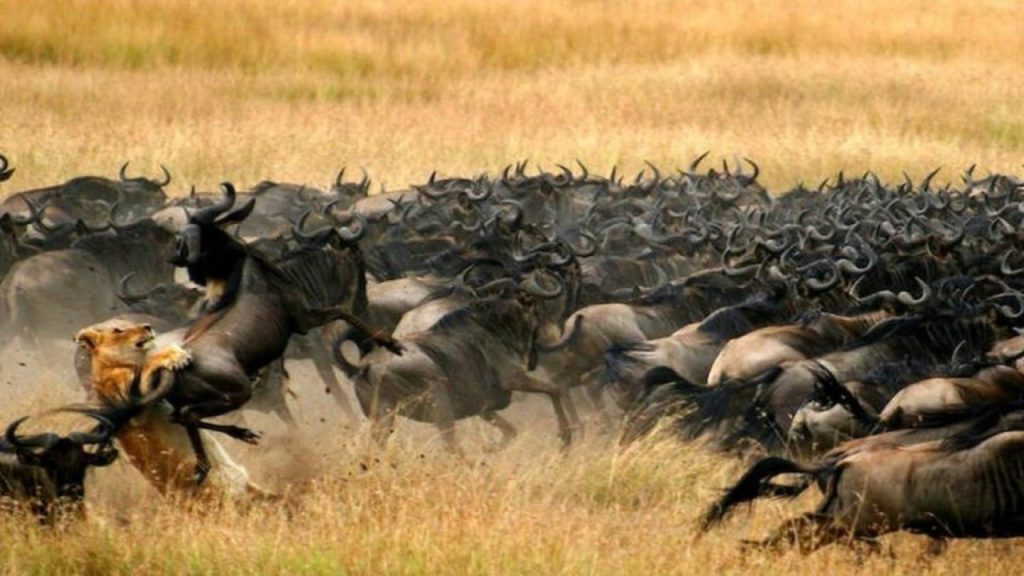
Clients play a pivotal role in shaping the safari experience and promoting responsible tourism. Their feedback is invaluable for improving services, ensuring that each safari meets high standards and caters to diverse preferences. By paying park fees, clients directly support conservation efforts, helping to preserve wildlife and natural habitats. Moreover, as they share their safari experiences online, they help raise awareness and inspire others to explore these incredible adventures.
Clients also make significant economic contributions to local communities by purchasing goods and services, supporting small businesses, and creating jobs. Their preferences influence the development of new safari packages, ensuring that offerings remain relevant and enticing. The questions and interests of clients guide the creation of educational programs, enriching their understanding of the wildlife and ecosystems they encounter.
Participation in citizen science projects allows clients to contribute to essential research, aiding in the conservation of species and habitats. By advocating for sustainable tourism practices, they encourage operators to adopt eco-friendly measures, further promoting environmental responsibility. Their demand for eco-conscious accommodations pushes the industry towards more sustainable solutions. Ultimately, clients’ travel behaviors influence the planning and execution of future safaris, driving the industry to innovate and adapt to changing trends.
Acknowledgment
We extend our heartfelt appreciation to the local guides and staff whose dedication makes every journey unforgettable. Their knowledge and passion are invaluable.
Our gratitude goes to the conservation organizations tirelessly working to protect the natural world. Thanks to researchers for their invaluable data that enriches our understanding of wildlife.
We recognize the support of governments in safeguarding these majestic creatures. Technology plays a crucial role in modern safaris, enhancing our experiences and ensuring safety.
We thank our clients for committing to sustainable tourism, promoting a better future for all. The insights shared by local communities are pivotal, offering perspectives that deepen our connection with nature.
Media has been instrumental in raising awareness about conservation, and we are grateful for their contribution. Volunteers play a vital role in conservation projects, and we thank them for their selfless efforts.
Finally, the global community’s efforts in preserving biodiversity are commendable, and we acknowledge their impact on the epic migration map.
- Appreciation for the dedication of local guides and staff.
- Thanks to conservation organizations for their efforts.
- Gratitude to researchers contributing valuable data.
- Recognition of government support for wildlife protection.
- Acknowledgment of the role of technology in modern safaris.
- Thankfulness for clients’ commitment to sustainable tourism.
- Appreciation for the insights shared by local communities.
- Recognition of the importance of media in raising awareness.
- Gratitude to volunteers aiding in conservation projects.
- Acknowledgment of the global community’s role in biodiversity preservation.
Frequently Asked Questions
1. What is an Epic Migration Map and why is it important?
An Epic Migration Map is a tool that shows the routes taken by animals during their migrations. It’s important because it helps scientists understand animal movements and ensure their habitats are protected.
2. How does an Epic Migration Map help in conserving wildlife?
It helps conservationists to identify critical areas that need protection and manage resources effectively, ensuring the survival of species.
3. What kind of data is needed to create an Epic Migration Map?
To create this map, data such as GPS tracking, animal sighting reports, and environmental conditions are used to understand migration patterns.
4. How do Epic Migration Maps benefit local communities?
These maps can boost eco-tourism, educate locals about wildlife, and help in planning land use without harming migration paths.
5. Can technology improve the accuracy of Epic Migration Maps?
Yes, advances like satellite tracking and AI can provide precise data, leading to more accurate and dynamic migration maps.
TL;DR The ‘Epic Migration Map’ blog dives into the various sources of information crucial for successful safaris, highlighting inputs from wildlife rangers, satellite imagery, local communities, scientists, and travel experts. The article outlines the significant roles played by clients, including their contributions to conservation via feedback and support, influencing tourism practices, and economic impact. Gratitude is expressed towards efforts by local guides, conservation groups, researchers, and the global community, underscoring the collective action needed for wildlife preservation and sustainable tourism.



